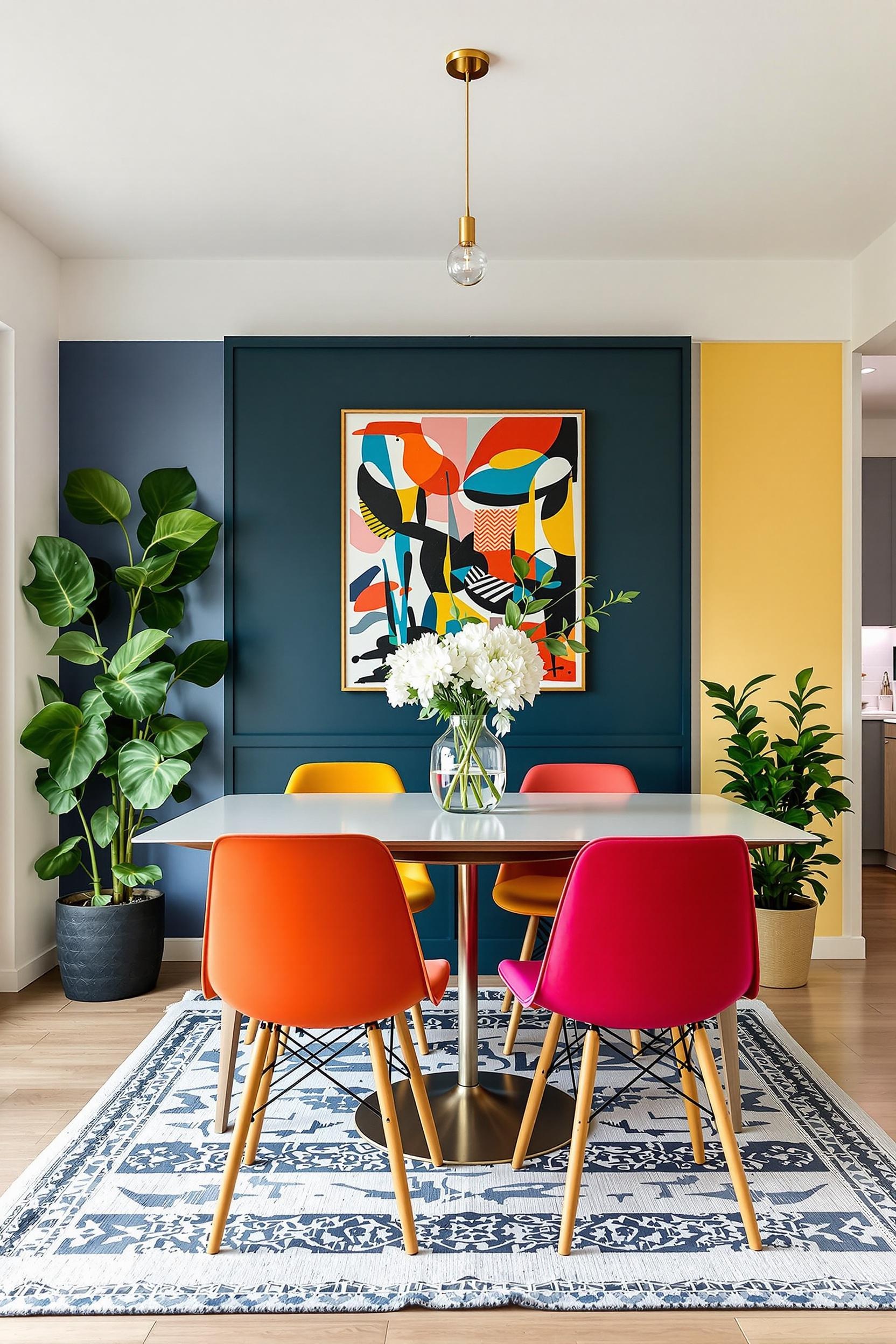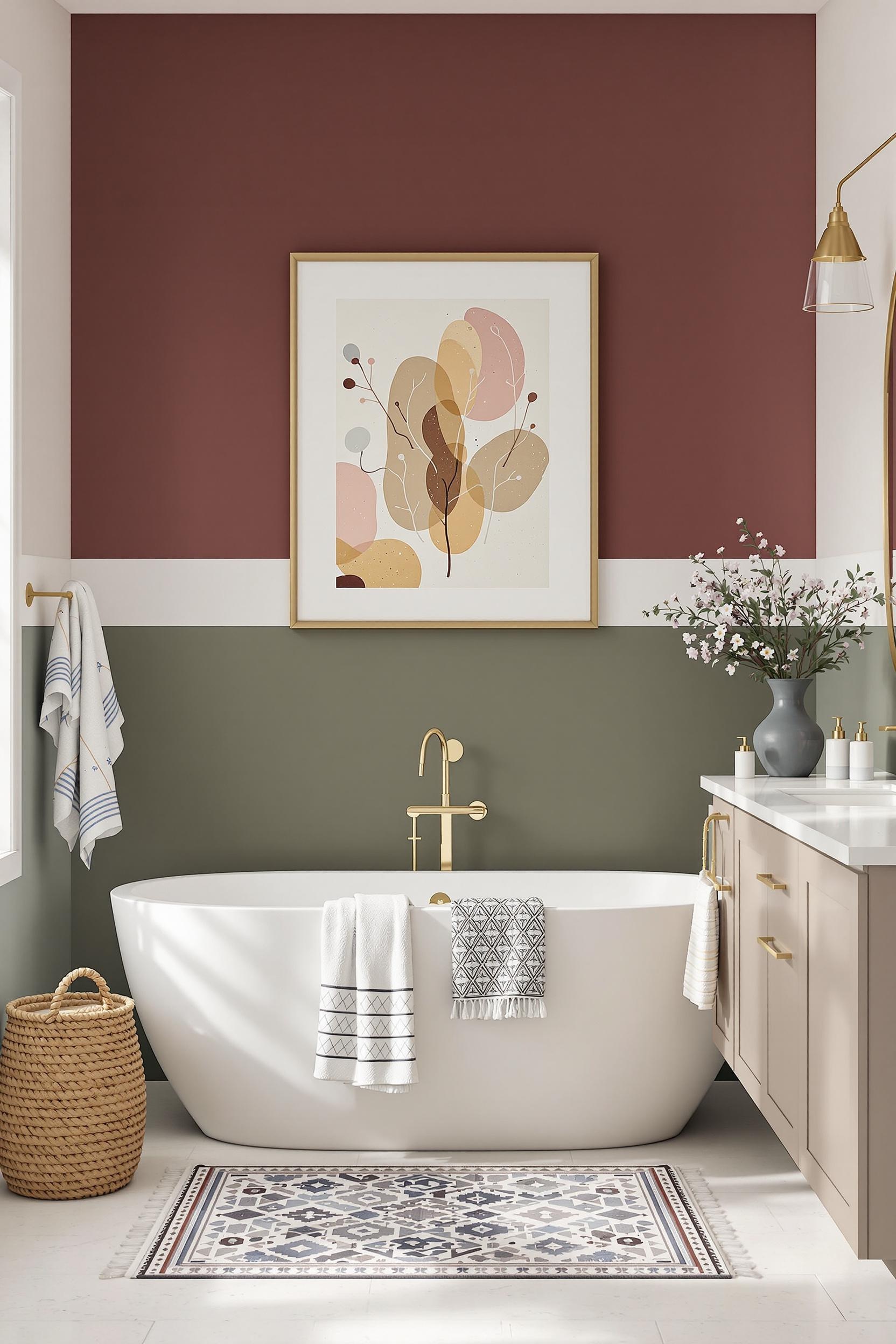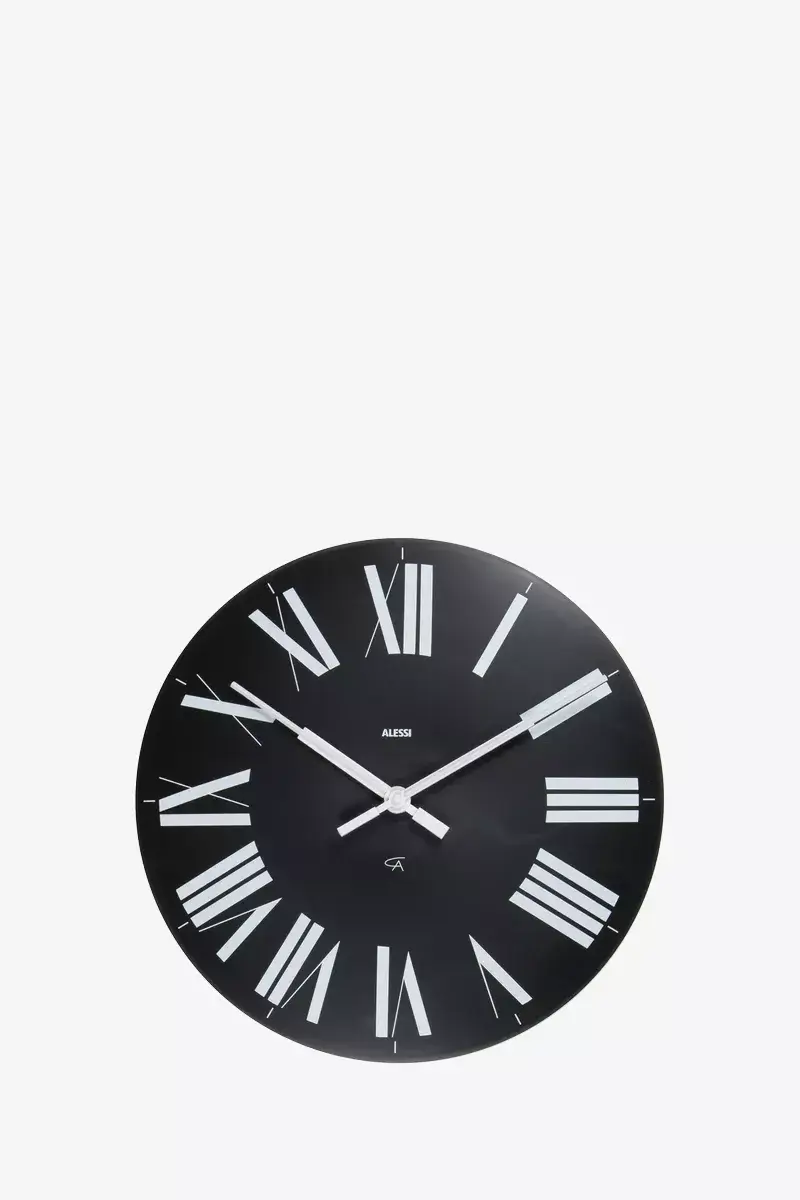
Color Blocking Room Divider Ideas to Transform Your Space
Have you ever walked into a space and instantly felt like the layout just worked—even though there were no physical walls separating different zones? That’s the beauty of color blocking room divider ideas. As an interior designer, I’ve used color blocking interior design ideas to breathe life into the most challenging spaces—from tiny studios to sprawling lofts. And let me tell you, it works like magic.
Color blocking isn’t just about adding bold hues; it’s about defining space in a creative, modern way. Whether you’re looking for a minimalist color block room divider or a color blocking paint technique for small spaces, you’re in the right place. In this guide, I’ll walk you through everything from psychology-backed color selection to DIY color block wall divider techniques—and everything in between.
Why Use Color Blocking Room Dividers?
Room dividers often get a bad rep for being clunky or outdated. But when done right with color blocking, they’re anything but! They:
- Visually separate open-concept spaces
- Maintain air flow and natural light
- Add character and personality to otherwise bland rooms
- Work in both small apartments and large homes
And the best part? Color blocking can even make small rooms look larger. Let’s look into the smartest ways to use this method in modern homes.
Minimalist Color Block Divider Techniques
If you prefer simplicity but crave style, a minimalist room divider design with geometric shapes and versatile colors is perfect. I often use vertical panels painted in two-tone schemes—like sage green and warm white—to subtly divide open-concept layouts. These strategic color placements bring visual drama while keeping things sleek.
Other simple but effective methods include:
- Painting a single bold stripe up your wall and across the ceiling to mark a dining area
- Layering large modular canvases painted in your favorite neutrals and accents
- Using floating screens in soft color block palettes for multifunctional rooms
Boost Functionality Without Sacrificing Light
I’m constantly helping homeowners embrace color blocking panels for open floor plans. Instead of permanent walls, try movable painted partitions or bookcases backed with vibrant color blocks. These dividers let light pass while shaping unique zones that serve specific roles like working, relaxing, or sleeping.
Architectural Color Blocking: Thinking Outside the Wall
Color blocking isn’t just about what you put on your walls—it can become a part of your home’s structure. One of my favorite techniques is using geometric shelving with bold back panels. This not only divides space but also adds storage and style.
You can also:
- Use vertical painted panels to draw the eyes upwards, creating a sense of height
- Frame a nook using asymmetrical color block arches
- Section off studio layouts with two-tone sliding doors in earthy palettes
DIY Color Block Room Divider Ideas for Small Spaces
You don’t need a big budget—or design degree—to bring color blocking to your rooms. I encourage homeowners to start with DIY color block wall divider options like foam-core panels painted in shapes that represent your style. Keep it lightweight and reconfigurable!
Some of my favorite low-cost, high-impact techniques include:
- Using painter’s tape to create crisp geometric shapes on foldable screens
- Transforming a plain bookshelf with bold painted panels
- Applying removable wallpaper in color block patterns behind open shelving units
Check out my guide for more DIY inspiration with easy steps to get started.
Color Psychology and Space Zoning
Selecting the right colors can make or break your divider design. I always tell clients to mix both practical and emotional goals when picking shades. Cool colors like navy, gray, or muted sage are ideal for focus areas. Warm tones like terracotta or mustard work wonders in social spaces.
According to color zoning strategies, pairing these intentionally helps define mood boundaries in an open space. A soft blue divider near a workstation can foster calm productivity, while an ochre stripe stretching across a kitchen zone builds cozy energy.
Creative Divider Materials Beyond Paint
You don’t need to stick to walls! I recommend using color blocked glass dividers or frosted acrylics with subtle tints to separate workspaces without losing light. You can even try out
- Laser-cut metal panels: Powder-coated in deep or muted hues like emerald or matte black
- Freestanding folding screens: Covered with mid-century style patterns in color block format
- Module-based divider systems: Each panel painted in a shade from your overall palette
Want to explore material and texture variety? Look into this guide on texture and color pairings that add depth to your dividers and interiors.
Strategic Placement: Room-Specific Color Blocking
Think beyond the living room. I’ve used painted color block dividers for studio apartments, nurseries, and even kitchens.
Here’s how to use them by room type:
- Bedroom: Create a soft arch in blush or lavender to separate a reading nook or vanity space. See examples here.
- Kitchen: Use vertical color blocks on a back shelving unit to divide cook and prep zones. Try these techniques.
- Office: A calm blue-gray corner block can set apart focus zones in a larger room. Learn more here.
- Entryway: Mark the threshold of your home with bold, welcoming tones. Visit this page for more inspiration.
Color Blocking Room Divider FAQs
Answering your most common design questions:
What Are Color Blocking Room Divider Ideas for Small Spaces?
- Vertical painted panels with slim profiles
- Translucent dividers with frosted color edges
- Modular units with bright tones to define space
How Can I Create a Minimalist Room Divider on a Budget?
- Use painter’s tape and old furniture
- Apply peel-and-stick wallpaper in blocks
- Build DIY folding screens from foam board or plywood
What Are the Best Colors for Minimal Interiors?
- Cool tones: sage, dusty blue
- Warm neutrals: terracotta, clay
- Monochromes: cream, charcoal, off-white
How Do These Dividers Help Layouts Function Better?
- Define zones without adding walls
- Enhance mood and energy in each space
- Make small rooms feel purposeful
Can I DIY These Dividers Without Experience?
- Yes! Use painter’s tape and simple color palettes
- Start with lightweight materials like foam core
- Follow online guides and keep experimenting!
Color Block Room Dividers: Strategic Design Solutions for Living
One of the most powerful spatial tricks I’ve learned is marrying color zoning with emotional function. For example, deep blues promote focus in work areas while rust tones create warmth in conversational zones. Precision placement of painted dividers subtly guides movement and intention in the layout.
In smaller homes, these tricks are even more important. I often use vertical dividers with strong color contrast to divide spaces by activity without shrinking visual space.
Transform Your Space Now: Color Blocking Design Revolution Awaits!
Color blocking room dividers are more than a design trend—they are tools for transforming your everyday life. Whether you’re into mid-century shades or minimalist neutrals, there’s a way to bring these bold strategies into your own home.
Take the First Step: Start Small
Try a mini project like a painted screen or small DIY dividers for a reading nook. Then move to larger features like divider walls or open shelving highlights. I promise, the creative freedom you’ll feel is worth it!
Design Your Dream Space – With Help!
Want deeper guidance? Discover:
- Advanced color psychology
- Step-by-step breakdowns for each room
- Designer layout recommendations
Join a Community of Color Innovators
You’re not alone! Join others experimenting with color block home decor dividers, modern color block partition walls, and DIY room divider designs. Your transformation starts now.
Conclusion: Shape Your Space with Confidence
At the end of the day, your home should reflect you. Color blocking room dividers give you the freedom to define your space—not just physically, but emotionally. Whether bold and expressive or soft and minimal, your divider can be both art and architecture.
So go ahead. Transform. Divide. Design. Your space. Your rules.






